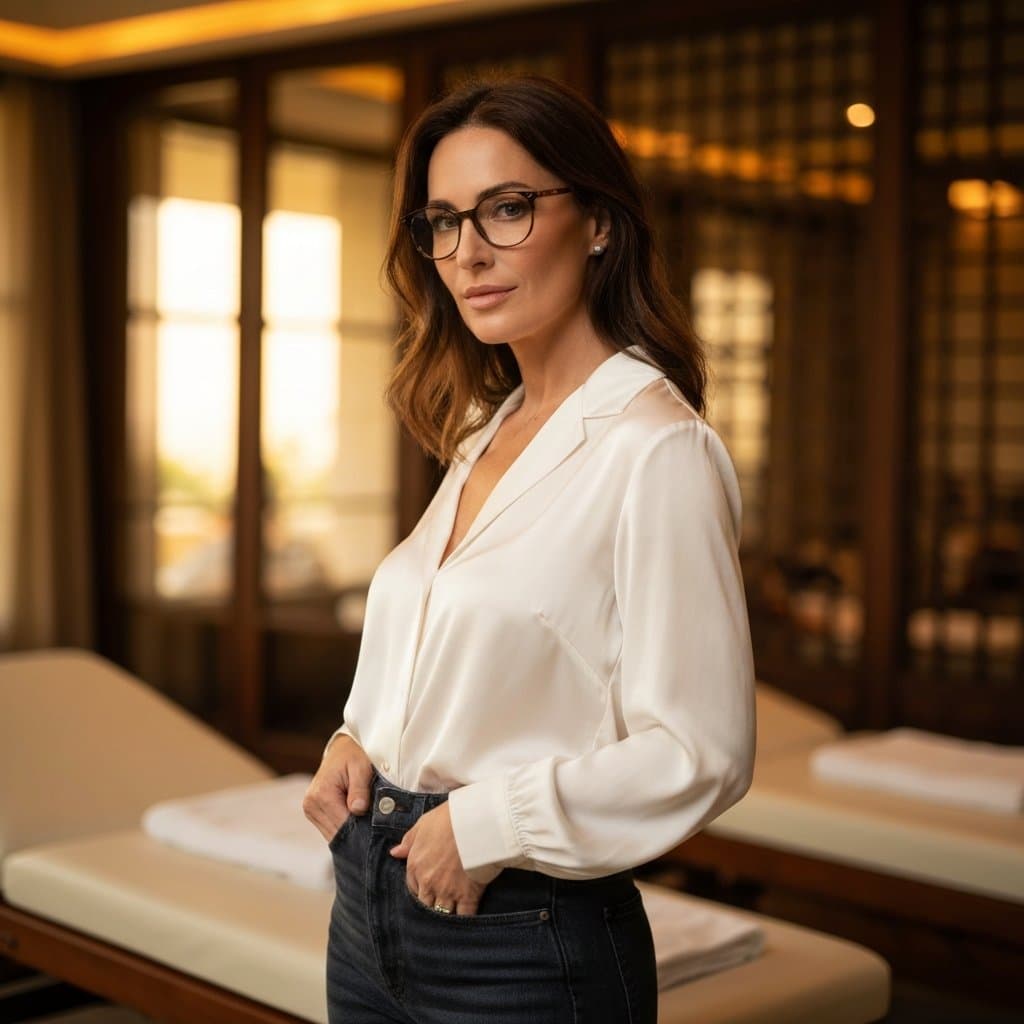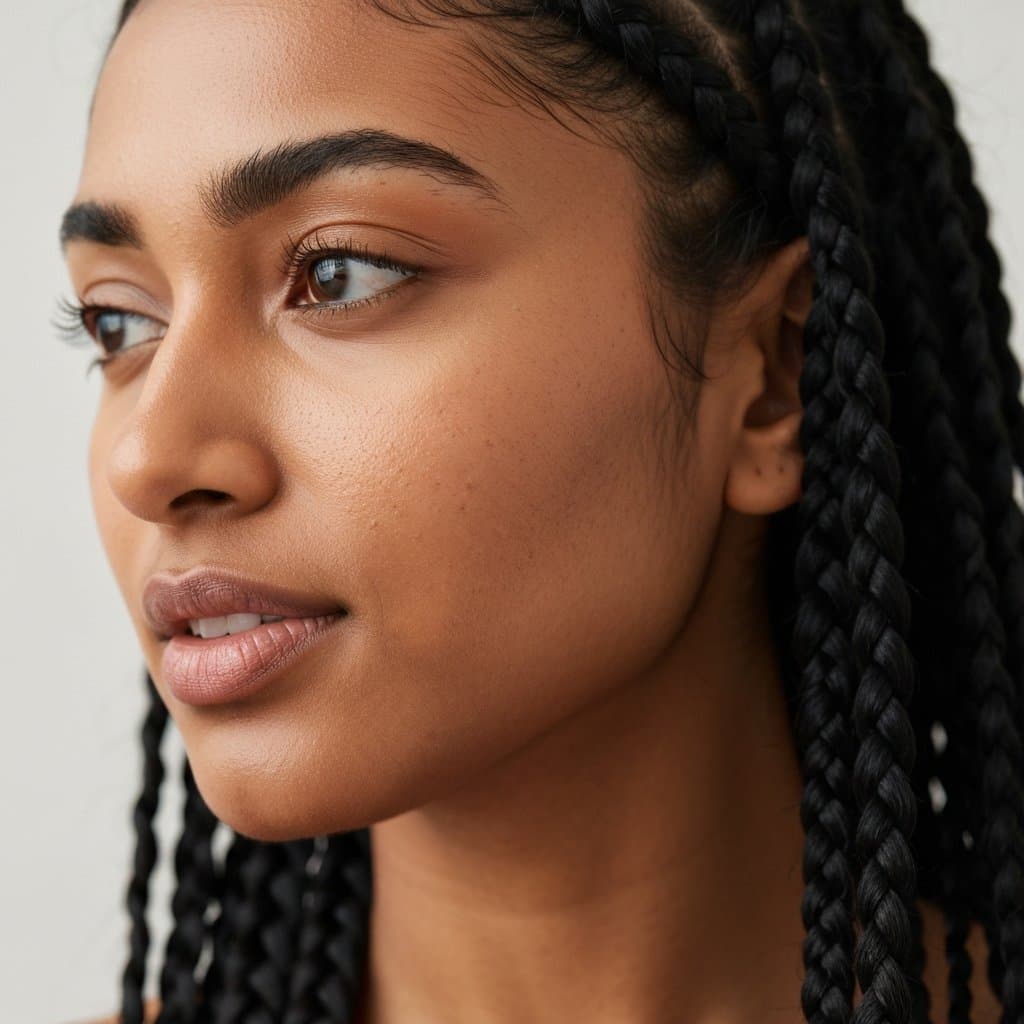Vintage Hairstyles Making a Comeback: Timeless Looks for the Modern Era
Timeless Beauty: Why Vintage Hairstyles Are Dominating Today's Trends
Fashion and beauty are cyclical, and what was once old inevitably becomes new again. In the world of hair, this rings truer than ever. We're seeing a powerful resurgence of vintage hairstyles making a comeback, gracing red carpets, social media feeds, and city streets. But this isn't about creating a historical costume; it's about reinterpreting the glamour, rebellion, and spirit of past decades with a fresh, modern sensibility. These iconic looks are being adapted with softer textures, contemporary color techniques, and an effortless finish that makes them perfectly suited for the 21st century.
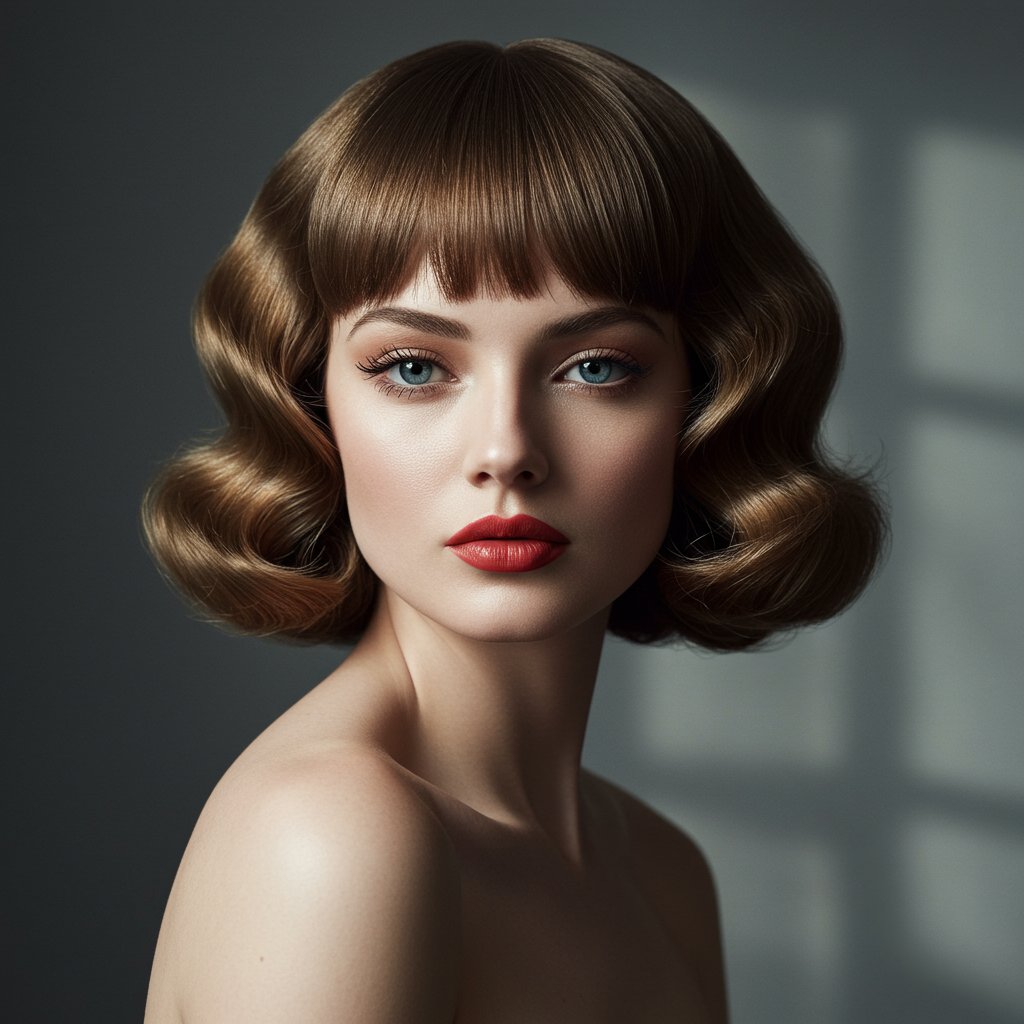
This revival speaks to our collective desire for timeless elegance and individuality. In an age of fleeting micro-trends, the enduring appeal of a perfectly sculpted finger wave or a voluminous 70s shag offers a sense of history and artistry. These styles have stood the test of time for a reason: they are built on strong foundations of technique, shape, and silhouette. An experienced stylist can take the essence of a bygone era and tailor it to your unique features, hair type, and personal style, proving that true glamour never fades.
This comprehensive guide explores the most influential vintage hairstyles making a comeback. We'll delve into the history behind each look, break down its key characteristics, and reveal how it's being modernized for today. Whether you're drawn to the defiant chic of the Roaring Twenties or the bohemian freedom of the Seventies, there's a vintage-inspired look waiting to be rediscovered and made your own. Prepare to be inspired by the beauty of the past, reimagined for the future.
The Roaring Twenties: The Bob, The Shingle & Finger Waves
The 1920s marked a radical shift in society, and hairstyles were at the forefront of this revolution. Women shed the long, restrictive hairdos of the Victorian era for daringly short cuts that symbolized newfound freedom and independence. The quintessential look of the decade was the bob, particularly the sharp, jaw-length 'Dutch Boy' bob or the even shorter, tapered 'Shingle' cut. These styles were often paired with exquisite finger waves, a meticulous technique of sculpting wet hair into S-shaped waves that lay flat against the head, creating a polished, sculptural effect.

These styles were more than just a haircut; they were a statement. They rejected convention and embraced a modern, streamlined aesthetic. The precision of the cut and the artistry of the waves required significant skill, making frequent salon visits a staple for the fashionable 'flapper'. The look was often accentuated with jeweled headbands, feathers, and other ornate accessories, adding a touch of opulence to the otherwise boyish silhouette.
The 2025 Interpretation
Today, the 1920s influence is seen in both sharp, precision bobs and the elegant allure of finger waves. The modern bob might have slightly softer edges or be paired with a bold, contemporary color. Finger waves are no longer an all-over style for daily wear but a stunning detail for special events, often incorporated into updos or used to frame the face on one side of a deep part. Modern styling products allow for a softer, more touchable hold than the rigid lacquers of the past, giving the waves beautiful movement and shine without the helmet-like feel.The Fabulous Fifties: Hollywood Glamour & Pin-Up Perfection
The 1950s were all about celebrating femininity and glamour after the austerity of the war years. Hollywood starlets like Marilyn Monroe, Grace Kelly, and Elizabeth Taylor set the standard with their perfectly coiffed, voluminous hairstyles. The era was defined by sculpted curls, deep side parts, and a polished, 'done' look. Two standout styles were the soft, voluminous curls of the Hollywood bombshell and the more stylized Victory rolls and Bettie bangs of pin-up culture.

Achieving these looks was a labor of love, often involving wet sets on rollers, meticulous brushing-out techniques, and a healthy dose of hairspray to keep every strand in place. The poodle cut, a short style with tight, all-over curls, was another popular choice. The underlying theme was structure and perfection. These weren't wash-and-go styles; they were carefully constructed works of art designed to exude elegance and confidence, whether for a day at the office or a night on the town.
The 2025 Interpretation
The 50s comeback is less about rigid perfection and more about capturing the spirit of that glamour. Modern Hollywood waves are created with large-barrel curling irons or wands for a softer, bouncier finish. Pin-up elements like a single, subtle Victory roll or a soft, curled fringe are integrated into more relaxed hairstyles. The key is to evoke the volume and classic S-wave shape without the stiffness, using texturizing sprays and flexible-hold hairsprays for a look that moves and feels like real hair.The Swinging Sixties: The Beehive & The Mod Cut
The 1960s was a decade of two halves. The early part of the decade continued the coiffed looks of the 50s, but with added height, culminating in the iconic beehive. This towering updo, created by backcombing or 'teasing' the hair to create a mountain of volume at the crown, was a symbol of sophisticated elegance. It was worn by everyone from Audrey Hepburn in Breakfast at Tiffany's to girl groups like The Ronettes, and it required a significant amount of hairspray to maintain its architectural form.
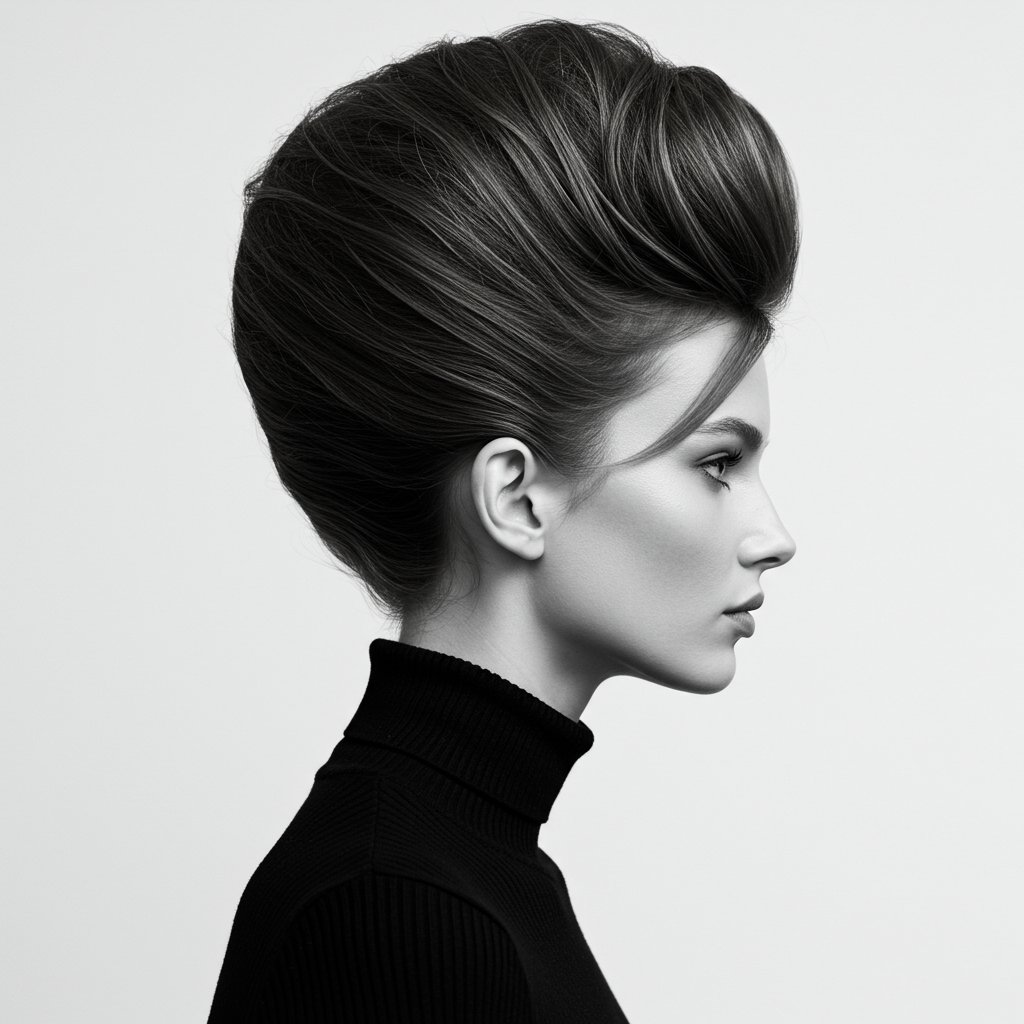
As the decade progressed, the youthquake movement brought a dramatic shift. London hairstylist Vidal Sassoon revolutionized the industry with his geometric, wash-and-wear cuts. The most famous of these was the five-point cut, a precise, angular bob that was the antithesis of the laborious beehive. These 'mod' cuts were all about the precision of the haircut itself, freeing women from the tyranny of the weekly salon set. The look was sharp, bold, and effortlessly chic, perfectly capturing the forward-thinking spirit of the time.
The 2025 Interpretation
Volume is back, but the modern beehive is softer and more deconstructed. Think Bridgette Bardot's signature half-up style with a voluminous 'bump' at the crown, paired with soft, flowing waves. It's about creating lift and shape without the extreme height or rigidity of the original. Similarly, the influence of the Sassoon bob is seen in today's sharp, blunt bobs and graphic short haircuts. The focus remains on a strong, clean perimeter, but often with added internal texture to give the style movement and versatility.The Groovy Seventies: The Shag, The Farrah & Bohemian Waves
If the 60s were about structure, the 70s were about freedom and rebellion. Hairstyles became longer, looser, and more natural. The defining look of the decade was the shag, a unisex haircut popularized by icons like Jane Fonda and David Bowie. The shag is all about layers—short, choppy layers on top that blend into longer layers at the bottom, often paired with a full or curtain fringe. It was a rock-and-roll haircut that celebrated texture and movement.
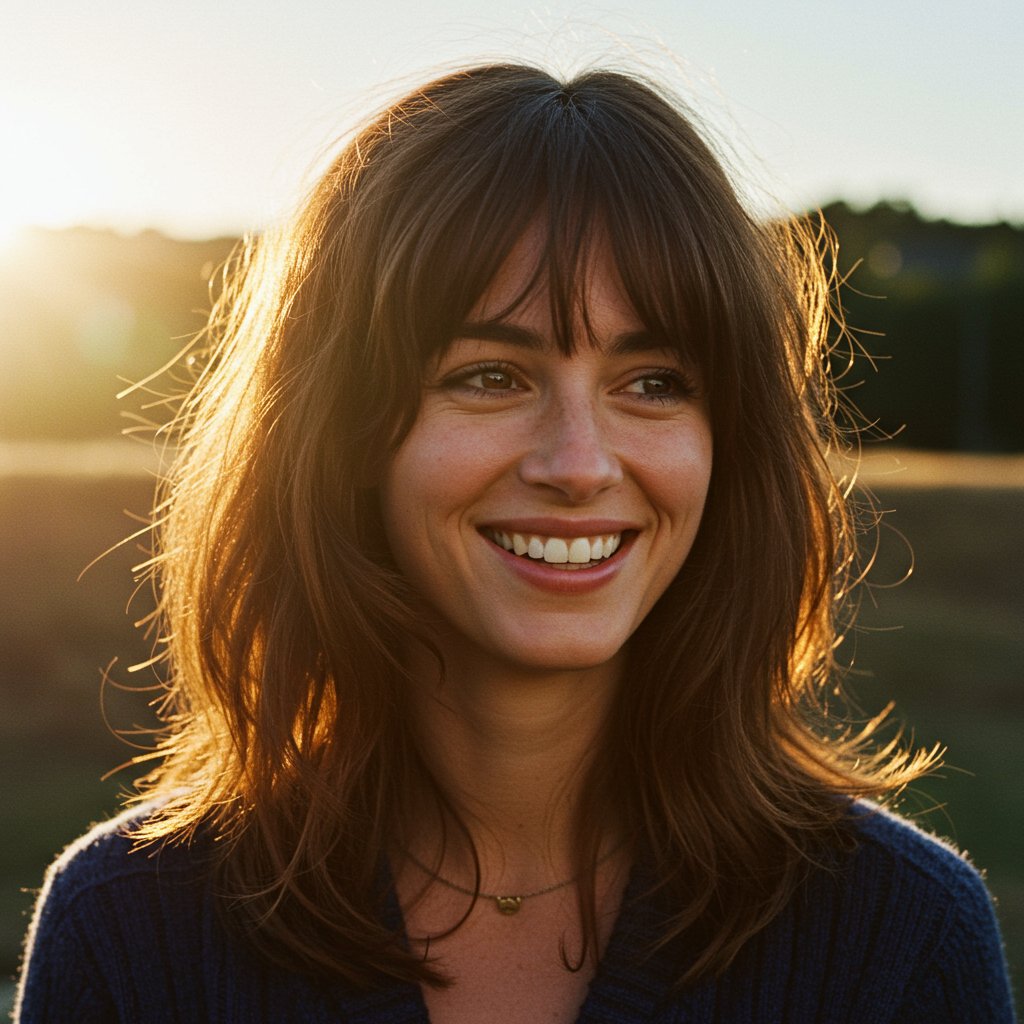
Another iconic 70s style was the feathered look, made famous by Charlie's Angels star Farrah Fawcett. This style featured long, face-framing layers that were swept back and away from the face, creating a soft, voluminous, and windswept effect. On the more natural side, long, center-parted bohemian waves became the uniform of the Woodstock generation, reflecting a desire for styles that were low-maintenance and embraced the hair's natural texture.
The 2025 Interpretation
The 70s revival is perhaps the most dominant vintage trend today. The modern shag, often called the 'wolf cut' or 'octopus cut', is everywhere. It retains the classic heavy layering but is often styled to be even more textured and piecey, using salt sprays and matte pomades. The Farrah Fawcett look has evolved into the wildly popular 'butterfly cut', which uses similar face-framing feathered layers to create incredible volume and movement. These styles are beloved for their versatility and ability to look effortlessly cool.The Bold Eighties: The Modern Perm & Power Volume
The 1980s was the decade of excess, and hair was no exception. Bigger was always better. The signature style was the perm, which created tight, frizzy curls that were often paired with big bangs and a mullet-like shape. Volume was achieved through aggressive backcombing, crunchy mousse, and aerosol hairspray. From rock stars to movie stars, everyone embraced high-volume, highly-styled looks that were impossible to ignore.

While often remembered for its more extreme examples, the 80s was also about celebrating texture and bold shapes. The styles were confident and powerful, reflecting the 'power dressing' ethos of the era. Side ponytails, crimped sections, and statement accessories like oversized scrunchies and headbands were also hugely popular, adding to the fun and experimental nature of 80s hair.
The 2025 Interpretation
The perm is back, but it's not the perm you remember. Modern perms, often called 'body waves' or 'texture waves', use updated formulas and larger rods to create soft, beachy waves or loose, bouncy curls rather than tight frizz. The goal is to create a natural-looking texture that serves as a foundation for easy, everyday styling. The 80s love for volume also persists, but now it's achieved with root-lift sprays, volumizing powders, and blow-dry techniques that create soft, touchable lift instead of a stiff, crunchy hold.The Cool Nineties: The 'Rachel', Butterfly Clips & Sleek Straights
The 1990s saw a reaction against the excess of the 80s, ushering in an era of 'cool girl' minimalism and grunge aesthetics. The single most iconic haircut of the decade was 'The Rachel', the heavily layered, face-framing shag worn by Jennifer Aniston on the show Friends. This bouncy, high-volume look was a global phenomenon, sending millions of people to their stylists with a photo of the star in hand.
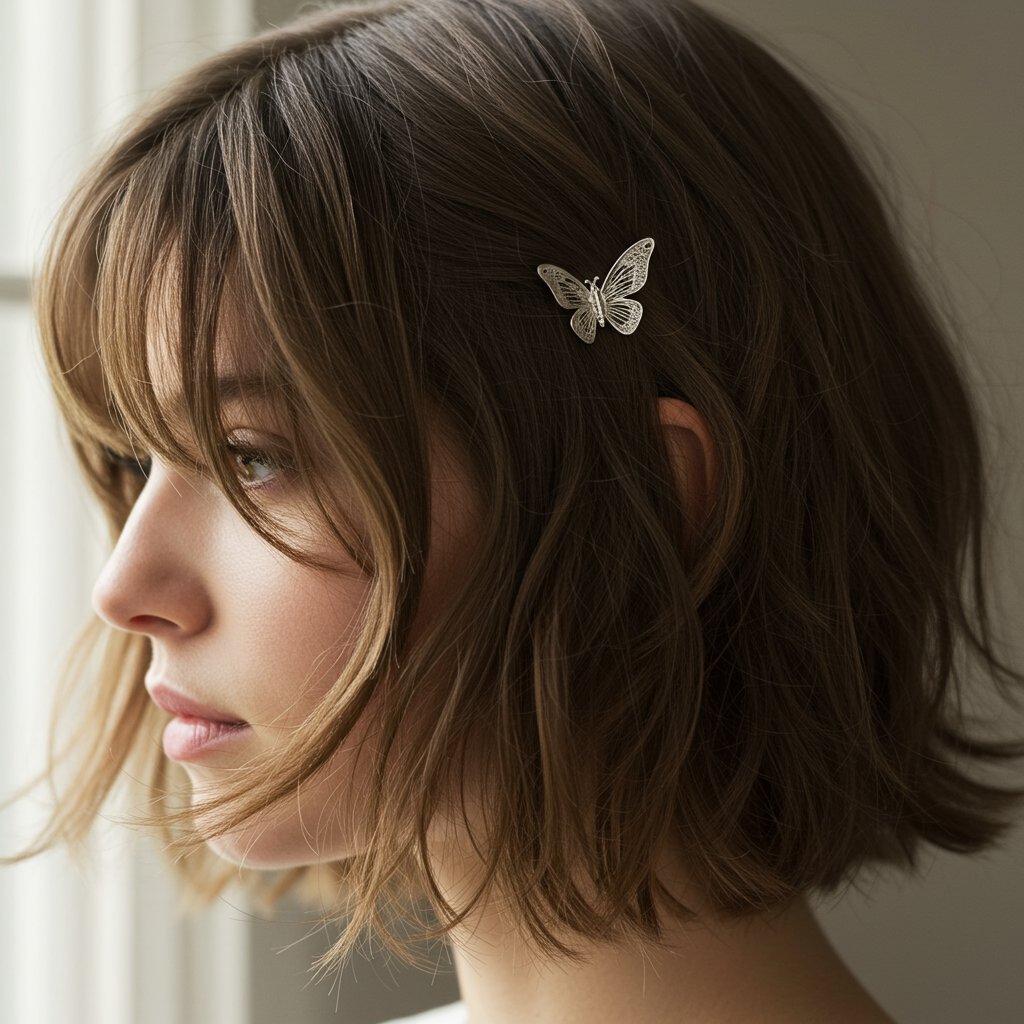
Alongside 'The Rachel', other trends defined the decade. There was the super-sleek, pin-straight hair, often achieved with a flat iron, which offered a minimalist, chic alternative. On the other end of the spectrum, the grunge scene inspired a more undone, messy look. And no discussion of the 90s is complete without mentioning the accessories: butterfly clips, claw clips, scrunchies, and zig-zag headbands have all made a major comeback, adding a playful, nostalgic touch to modern hairstyles.
The 2025 Interpretation
The 90s influence is everywhere. The 'Rachel' has been updated with a slightly softer, more blended layering technique, but the face-framing, bouncy essence remains a popular request. The claw clip has become the go-to accessory for an effortless, chic updo. The desire for sleek, healthy-looking hair is a timeless goal, now achieved with advanced heat protectants and keratin treatments for a glass-like shine. The 90s revival is about capturing that effortless cool, whether through a haircut or a simple, well-placed accessory.How to Modernize Your Vintage Look: Pro Tips
Adopting a vintage hairstyle doesn't mean you have to look like you stepped out of a time machine. The key is to blend classic elements with modern techniques. An expert stylist can help you navigate this balance to create a look that feels both timeless and current.
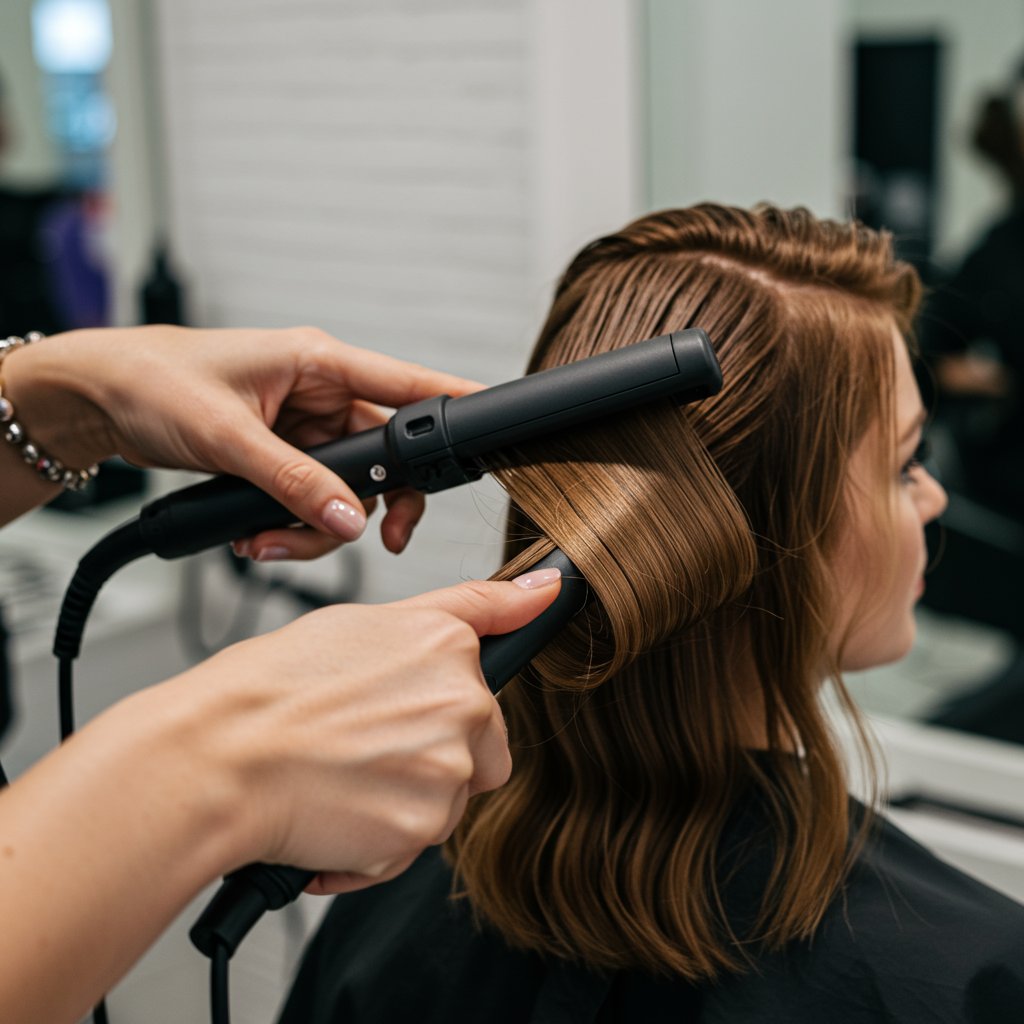
### Focus on a Healthy Foundation
No matter the era, the foundation of any great hairstyle is healthy, well-maintained hair. Modern hair care, including bond-building treatments and nourishing masks, can ensure your hair is strong and shiny enough to support any style, from sculpted 50s waves to a 70s shag. A professional cut is also crucial; a vintage-inspired look relies on a precise shape that can only be achieved by a skilled stylist.### Soften the Edges
The biggest difference between original vintage styles and their modern counterparts is the finish. While past eras often relied on stiff, heavy-hold products, today's aesthetic is all about touchable texture and movement. Opt for flexible-hold hairsprays, texturizing sprays, and lightweight serums to give your style longevity without sacrificing softness. This allows the hair to move naturally, making the vintage nod feel less like a costume.### Play with Modern Color
Pairing a vintage cut with a contemporary color technique is the ultimate way to make it your own. Imagine a sharp 1920s bob with a soft balayage, a 70s shag with vibrant money pieces, or 50s Hollywood waves on a modern platinum blonde. Color adds another dimension to the style, instantly updating it and tailoring it to your personal taste. Discussing color options with a professional can open up a world of possibilities for customizing your retro look.Frequently Asked Questions About Vintage Hairstyles
1. Are vintage hairstyles high-maintenance? It depends on the style and your hair type. A precision bob from the 60s requires regular trims to maintain its shape, while 70s-inspired bohemian waves can be very low-maintenance. More elaborate styles like finger waves or Victory rolls are typically reserved for special occasions. A stylist can help you choose a vintage-inspired look that fits your lifestyle and commitment to styling.
2. Can I achieve these looks with my hair type? Absolutely. The beauty of modern hairstyling is its adaptability. A skilled stylist can tailor any vintage hairstyle to suit your hair's natural texture, density, and wave pattern. For example, a shag can be cut to either reduce bulk in thick hair or create the illusion of volume in fine hair. A modern perm can create the perfect base for 80s curls on straight hair.
3. What kinds of products are essential for vintage styling? While it varies by style, a good toolkit would include: a volumizing mousse for creating body, a heat protectant spray (crucial for any heat styling), a flexible-hold hairspray for setting the look without stiffness, a texturizing spray for that lived-in feel, and a shine serum for a polished finish. Your stylist can recommend specific products for the look you want to achieve.
4. How can a professional salon help me choose the right vintage look? Professional stylists have a deep understanding of hair history, cutting techniques, and how to balance facial features. During a consultation, they can assess your hair type, face shape, and personal style to recommend a vintage look that will be the most flattering and achievable for you. They can also provide a custom cut and color that serve as the perfect foundation.
5. Will creating vintage styles damage my hair? Not with modern techniques and products. Techniques like backcombing or 'teasing' should be done gently to avoid breakage. When using heat tools, always apply a quality heat protectant. Modern hair products are far more advanced than their vintage counterparts, often containing ingredients that protect and nourish the hair while providing hold.
6. How long does it take to create a formal vintage updo? For a special occasion style like a beehive or an elaborate Victory roll updo, you can expect to be in the salon for 60 to 90 minutes. This allows the stylist time to properly prep the hair, set the curls, and meticulously sculpt and pin the final look to ensure it lasts throughout your event.
Conclusion: The Future is Retro
The enduring popularity of vintage hairstyles making a comeback proves that great style is truly timeless. From the structured elegance of the 1950s to the effortless cool of the 1990s, each era offers a wealth of inspiration that can be adapted for the modern individual. The key to successfully wearing a vintage look is not to replicate it exactly, but to capture its essence and filter it through a contemporary lens.
By working with a professional stylist, you can explore which elements of these iconic looks will best suit you. Whether it's adding a feathered, 70s-style fringe to your long hair or opting for a sharp, 60s-inspired bob, you can pay homage to the past while looking completely current. The next time you're looking for a change, consider looking back. You might just find the perfect style for your future.
